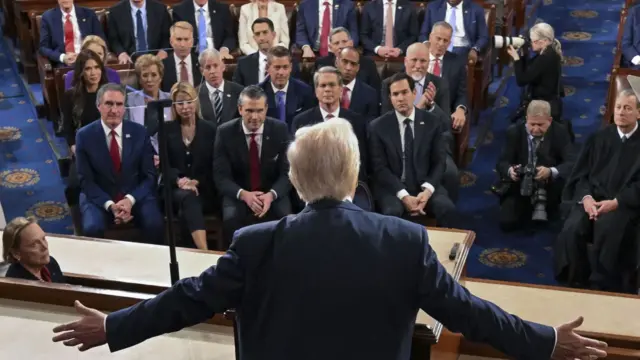
A potential threat to Five Eyespublished at 19:49 GMT 5 March
 Frank Gardner
Frank Gardner
Security correspondent
As recently as during the Munich Security Conference, less than three weeks ago, British officials were insisting that it was "business as usual" when it came to the UK’s incredibly close working partnership with Washington on intelligence-sharing.
At a working level, Whitehall officials have always maintained, the relationship between the UK’s three intelligence agencies – SIS (MI6), MI5 and GCHQ – and their US counterparts is immune to the vicissitudes of which way the political wind is blowing.
But there is nothing "business as usual" about cutting off your embattled ally from vital intel in the middle of a war. Intelligence from UK and other allied nations’ assets can still flow to Kyiv and the indications are that if and when President Trump gets the mineral deal he wants from Ukraine, plus some concessions towards an eventual peace deal, then America's intel taps could well be turned back on.
Yet this has been a rude shock, not just for Ukraine, not just for America’s close partner Britain, but also for other members of the so-called Five Eyes partnership.
This is the mechanism whereby much intelligence is shared between five English-speaking nations: the US, UK, Canada, Australia and New Zealand. The US, with its roughly US$100bn intelligence budget, provides the lion’s share. The UK, while specialising in human intelligence-gathering, has a budget roughly 20 times smaller than that.














